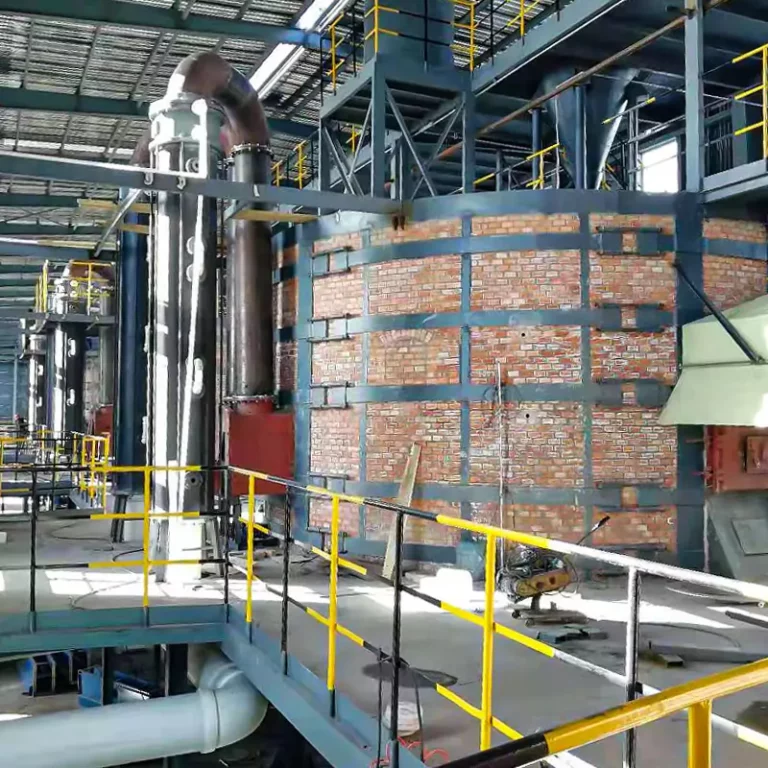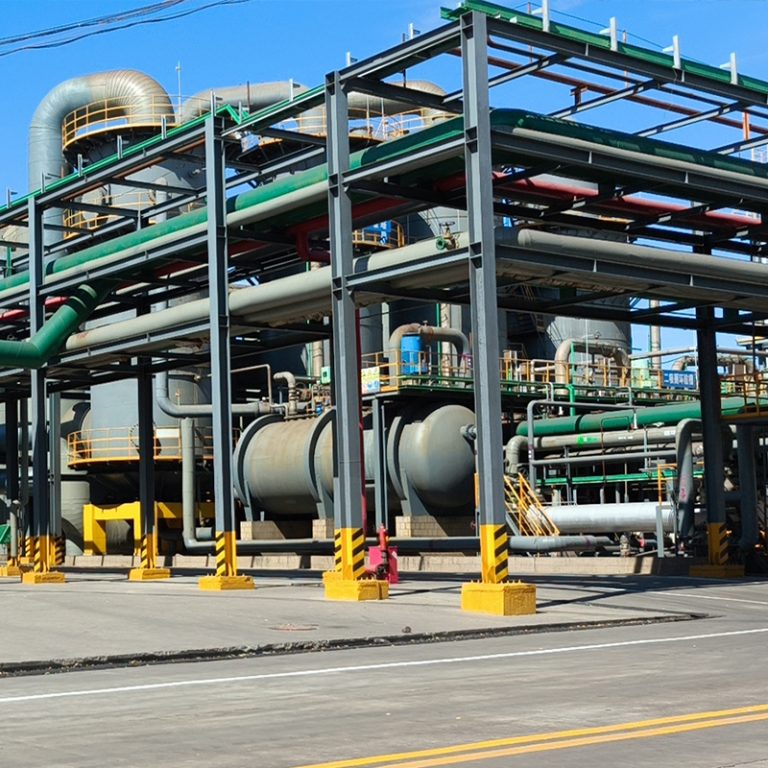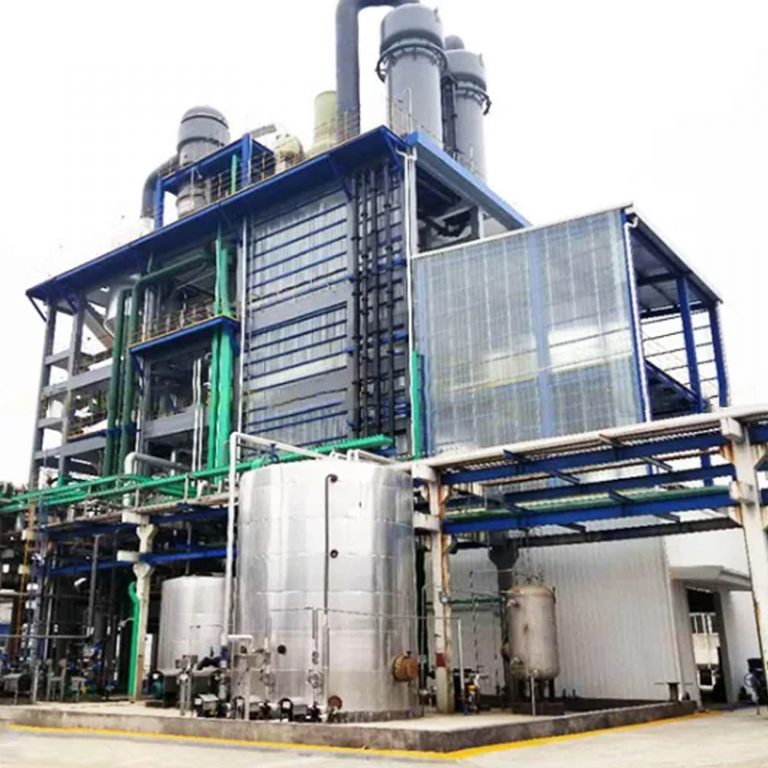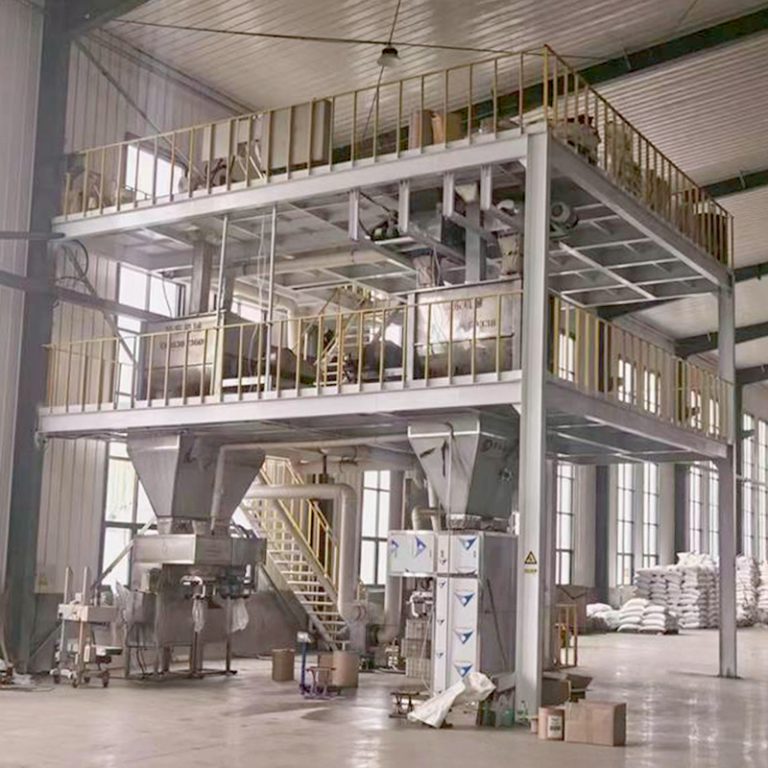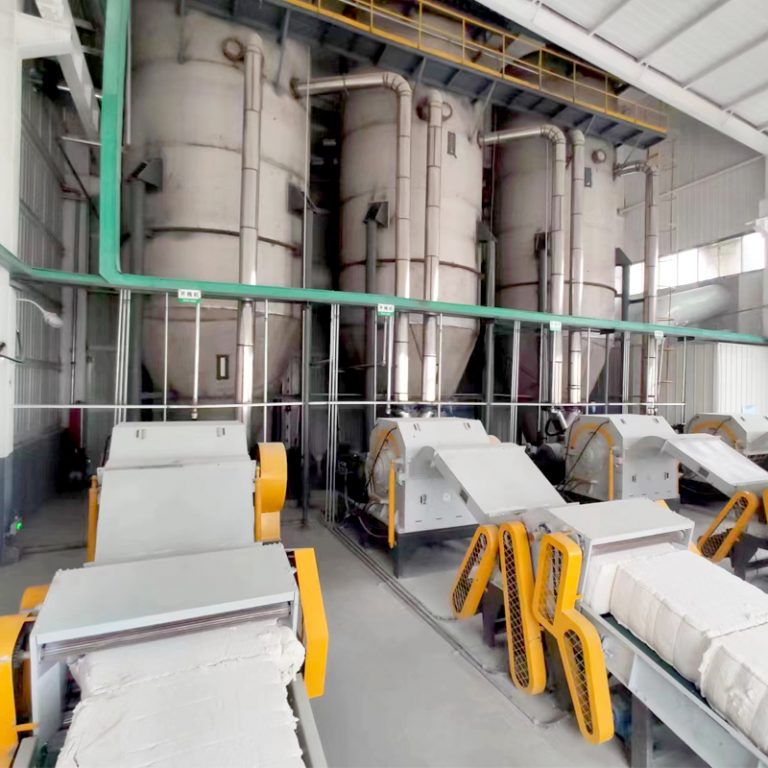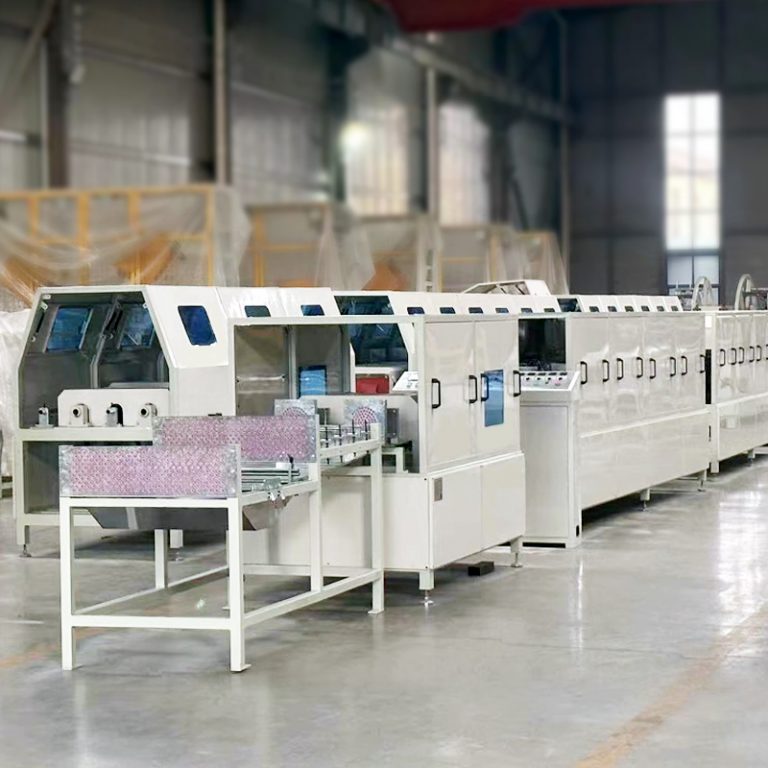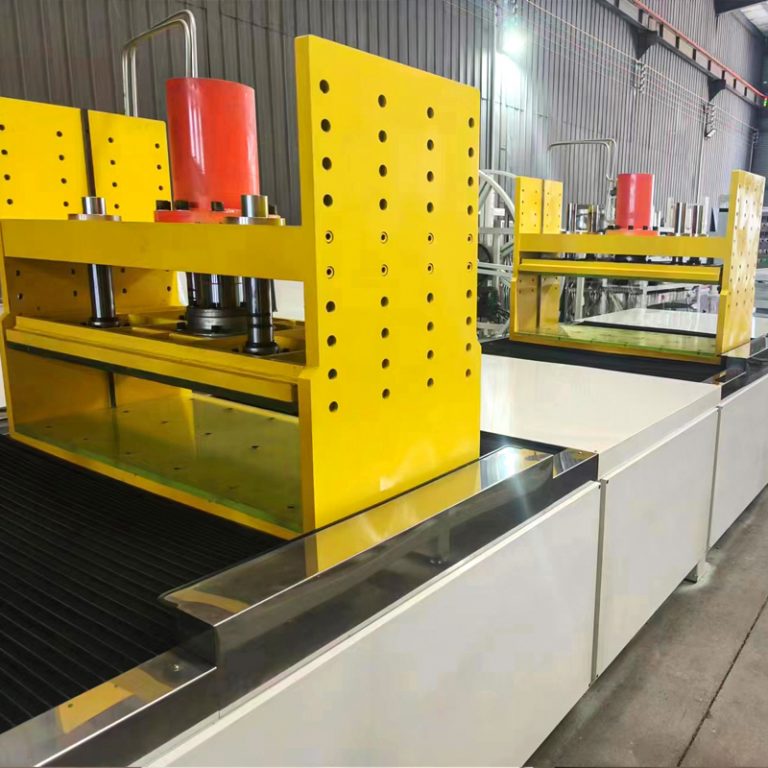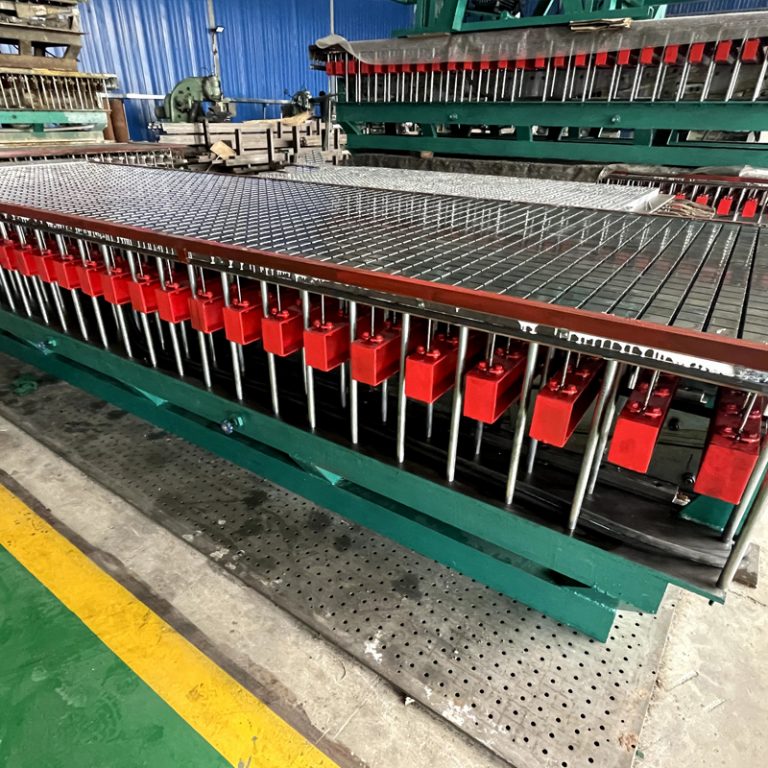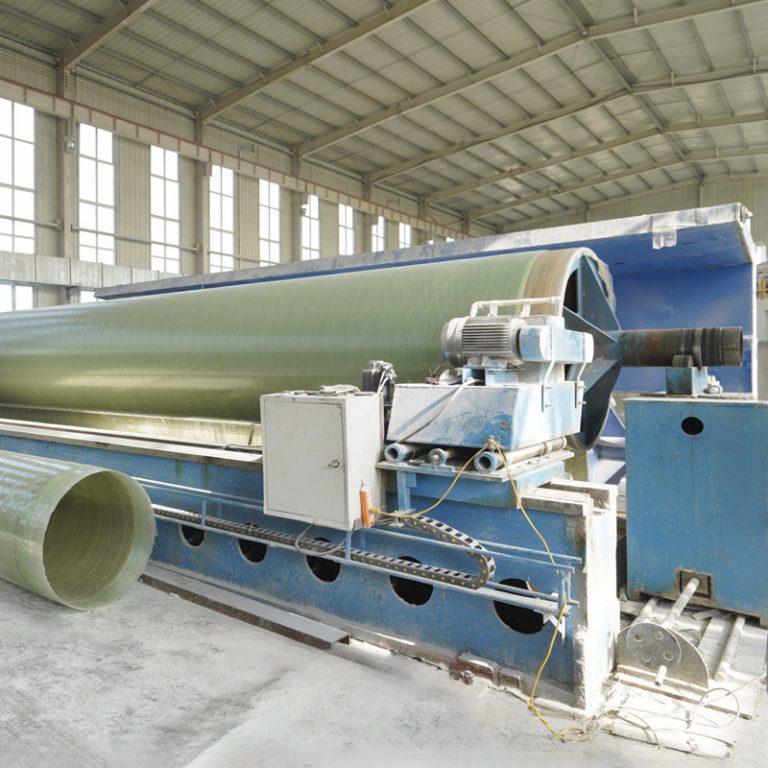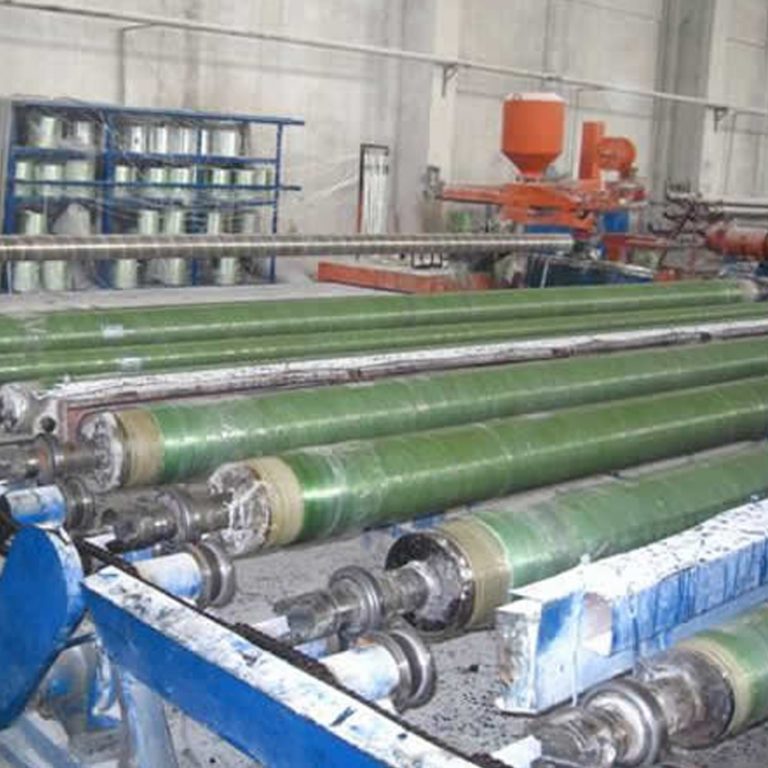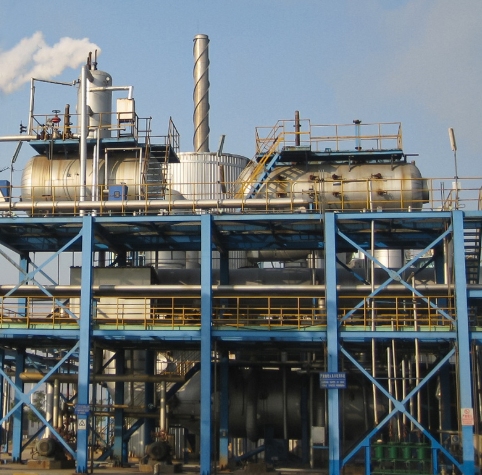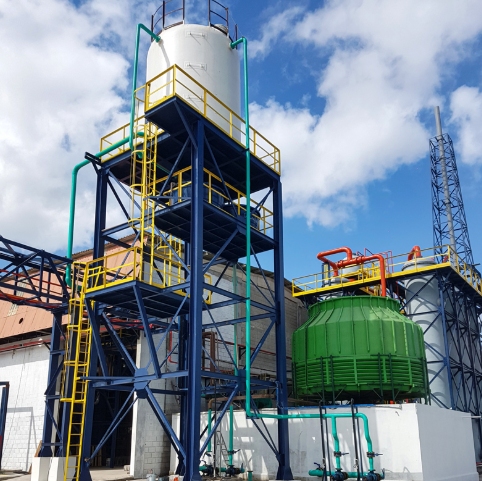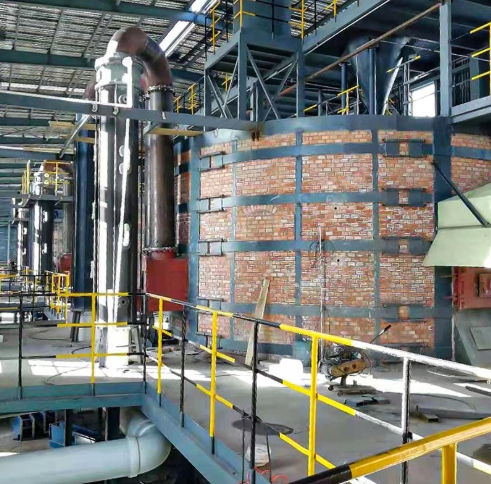Advances in Raw Material Processing
Efficient Extraction Methods for Potassium and Sodium Compounds
The good extraction of the salts of sodium and potassium has a crucial function in the creation of chemical processing. The process of Mannheim said to be very dependable, involves potassium chloride and sulfuric acid under high temperatures. It is very important in the manufacturing of potassium sulfate, or SOP, which is in very high demand in agronomical processes. Raw materials are placed centrally within a muffle furnace and are heated beyond 600ºC. This approach guarantees high-quality production and effective resource utilization.
To boost performance, Aoliande has refined the Mannheim furnace process. They adjusted the furnace’s structure and materials for uniform heating, thorough reactions, and reduced energy use. These changes address issues like uneven heat and energy waste.
Sustainable Sourcing of Raw Materials
Sourcing materials sustainably is a growing focus for companies like Aoliande Using cutting-edge technology and skilled craftsmanship, they maintain product quality while meeting environmental standards. Their dedication to sustainability shows in recycling byproducts like hydrochloric acid during production. This reduces waste and supports environmental protection.
Technological Developments in Production Equipment
Automation in Production Lines
Automation has transformed manufacturing across industries. In chemical equipment production, it improves accuracy and lowers reliance on labor. For example, the PLC automatic control system in potassium sulfate fertilizer equipment precisely manages production. It adjusts feedstock ratios and cuts labor costs. This system ensures steady output and simple operation while maintaining high quality.
Integration of Smart Sensors and Monitoring Systems
Adding smart sensors and monitoring systems to equipment has greatly improved efficiency. These tools track critical factors like temperature, pressure, and material flow in real time. Aoliande uses these innovations to ensure consistent quality and reduce downtime from equipment issues.
Energy-Efficient Machinery Designs
Energy efficiency is a major focus in modern equipment design. Aoliande has improved furnace flue designs to maximize energy use and lower consumption. They also adopted gas generators as an alternative heating source, enhancing efficiency. These efforts support global goals to reduce carbon emissions and promote sustainable industry practices.
Innovations in Chemical Processes
Improved Reaction Mechanisms for Sulfate Formation
Progress in chemical processes has enhanced sulfate production methods. The Mannheim process is a prime example. It enables efficient potassium sulfate production through a two-step reaction with potassium bisulfate. This method supplies 50% to 60% of global SOP. By optimizing conditions and using corrosion-resistant materials, companies achieve higher yields and better quality.
Use of Catalysts to Boost Efficiency
Catalysts are essential for improving reaction efficiency. They lower energy needs, speed up reactions, and reduce resource use. In processes at Aoliande, catalysts help achieve goals with minimal environmental impact.
Reduction of Byproducts in Production
Cutting byproducts is crucial for economic and environmental reasons. Aoliande waste recovery system reuses hydrochloric acid during potassium sulfate production. This meets environmental standards and improves efficiency. Such innovations show how companies balance productivity with ecological responsibility.
Aoliande excels in manufacturing equipment like potassium/sodium sulfate production lines. They offer products such as FRP/GRP machines and water-soluble fertilizer production lines. Their focus on technology keeps them leading in the industry while supporting global sustainability goals.
Environmental Considerations in Modern Production Lines
Waste Management and Recycling Innovations
Effective waste management and recycling are vital in chemical manufacturing. Aoliande has adopted innovative systems to cut waste and promote sustainability. Their potassium/sodium sulfate production line recycles hydrochloric acid (HCl). This meets environmental standards and optimizes resources. It reduces environmental impact and boosts efficiency.
Additionally, new technology enables dust-free feeding methods. These reduce pollution and safety risks. In water-soluble fertilizer production, screw feeding systems and flexible connections prevent dust emissions. This ensures a cleaner workplace. These steps reflect the industry’s commitment to sustainability.
Reduction of Carbon Footprint in Manufacturing
Lowering carbon emissions is a key goal for companies aiming for sustainability. Aoliande introduced energy-efficient machinery, like optimized flue systems in furnaces. These maximize energy use and reduce consumption. Gas generators as alternative heating methods also cut emissions. Automation, like the PLC system in potassium sulfate equipment, reduces waste and energy use. These advancements drive environmental improvements.
Role of Digitalization and Data Analytics
Real-Time Monitoring and Predictive Maintenance
Digitalization has reshaped manufacturing with real-time monitoring systems. Smart sensors in equipment track temperature, pressure, and material flow continuously. Aoliande uses these to maintain quality and minimize downtime from equipment failures.
Predictive maintenance enhances this by spotting potential issues early. Data from sensors helps schedule maintenance proactively. This extends equipment life and reduces unexpected disruptions.
Optimizing Production Through Data-Driven Insights
Data analytics offers insights to improve production. In water-soluble fertilizer lines, batching systems use static measuring for precise ingredient ratios. Dual feeding methods, controlled by frequency converters, ensure accuracy with deviations of ±0.1% to ±0.2%. This improves quality and reduces waste.
Automated packaging systems with electronic weighing devices streamline operations. They measure and seal products accurately without manual input. Features like fault detection and pneumatic bag clamping boost efficiency and reliability. These advancements show how data-driven methods transform manufacturing.
FAQ
Q: What is the Mannheim process used for?
A: The Mannheim process produces potassium sulfate (SOP) by reacting potassium chloride with sulfuric acid at high temperatures. It accounts for 50% to 60% of global SOP supply.
Q: How does Aoliande contribute to sustainable manufacturing?
A: Aoliande uses waste recovery systems to recycle byproducts like hydrochloric acid. Their energy-efficient designs and automated systems reduce resource use and emissions.
Q: What are key features of water-soluble fertilizer production lines?
A: These lines include feeding, batching, mixing, and packing processes. They feature dust-free feeding, horizontal ribbon mixers for uniform blending, and automated packaging for accurate measurement and sealing.
Q: What products does Aoliande manufacture besides potassium/sodium sulfate production lines?
A: They produce sulfuric acid production lines, hydroxy propyl methyl cellulose (HPMC) production lines, calcium chloride production lines, FRP/GRP machines, and water-soluble fertilizer production lines.








